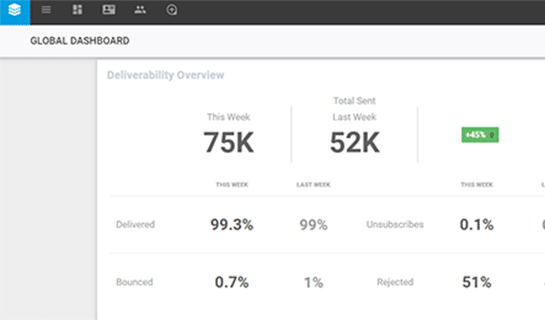11 Practical Steps for Migrating from Email Marketing to Marketing Automation
Your company grows, your marketing goals change, and you can’t keep working with the same basic email marketing tools. That’s great! There’s room for improvement in all organizations, and this might be the perfect time for you to consider moving from your old email marketing tool to a flexible marketing automation system, such as Sugar Market. Whether you found your ideal marketing automation provider or are still searching, migrating to new software must be founded on clear goals and you must follow specific steps for a successful migration.
As avid Sugar Market users ourselves, we thought to share some wisdom on how we think it’s best to migrate from email marketing to marketing automation. Keep reading below to find out what we learned in the process.
For a complete guide on email marketing to marketing automation, check out this free resource.
1. Start the Journey with Clear Goals in Mind
Sometimes, we know that it can be difficult to ditch your old tools and migrate to new ones, but it’s best to start your migration by outlining the reasons you need this change and your expectations from the new system.
- Does your current platform still accommodate your marketing needs, or have you outgrown it?
- What are the top features of a marketing automation platform that will allow your business to expand in the future?
- How will migration help you achieve your marketing goals?
- How high is the adoption rate of your current email marketing tool within the organization?
- Is usability an issue with your current email marketing tool?
- Will your marketing team be able to adopt a more advanced system? How technical is your marketing team?
- How dependent is your marketing team on the current email marketing software?
Ask your team to rank each question. The higher the overall score, the more you need to search for a system that accommodates that particular need.
2. Do Your Homework
The number of marketing automation products available on the market today can make it difficult for you to make a final decision. However, once you have narrowed down your options to a list of vendors that cater to companies with similar needs to yours, the process will be smoother. Here’s a shortlist that will help you identify an excellent candidate to replace your email marketing tool.
- The industry/industries to which the product/vendor caters for.
- A list of their most popular clients.
- Get your hands on their resources. Look into case studies, white papers, and other types of resources published by the vendor.
- Features, features, features. After all, you want to select a product that will help you outrank your current email marketing tool’s limitations. Our advice would be to look into products that facilitate segmentation, conversion, automate marketing interactions, and reporting, at the least.
- Can the new tool be integrated with other systems as well? For instance, does your CRM integrate with your future marketing automation system? We chose Sugar Market because we were already using Sugar Sell as the core of our operations and processes, and integrating the two systems was a breeze.
- How transparent is the product’s pricing policy, and how does it fit within your budget?
Learn more here about choosing the best marketing automation.
3. Set a Timeline
Before setting up a migration timeline, please be mindful and fully aware that migrations can be lengthy processes, especially if you’ve gathered a lot of content in your existing platform. Adjust your expectations accordingly. Ideally, have a one-on-one meeting with a consultant from the vendor that you selected. They will help you build a realistic timeline and ensure that you’re not overlooking any critical steps in the process.
4. Setup Administrators in Your Marketing Automation Solution
You have a new marketing automation system; you have a timeline and a migration strategy; it’s time to start working on implementation. To kick off the process, you need to tidy up user accounts.
- Delete any expired accounts from your previous email marketing tool.
- Create new accounts and give admin permissions to the responsible users in your new tool.
- Ensure that your team members have received their login credentials.
5. Move your Old Database
It’s time to move your old contact data to a new home. But, make sure to also remove any old or inactive contacts from your database. Other tips we found useful, below:
- Integrate your CRM with the new marketing tool first. This will help you ensure that both platforms are synchronized and that your new platform starts gathering new contact data before your migration is complete.
- Map out fields for your Contact and Account information in your new tool. This will also help you ensure that all your CRM and marketing software data is fully synchronized and can be properly used to automate marketing interactions once the migration is over.
- Don’t forget about suppression lists. These are especially important because some of the contacts that have gone do-not-contact prior to the migration might not have re-opted in during the transition.
- Ensure that you have your contact’s permission to reach out to them, especially if they are based in the EU.
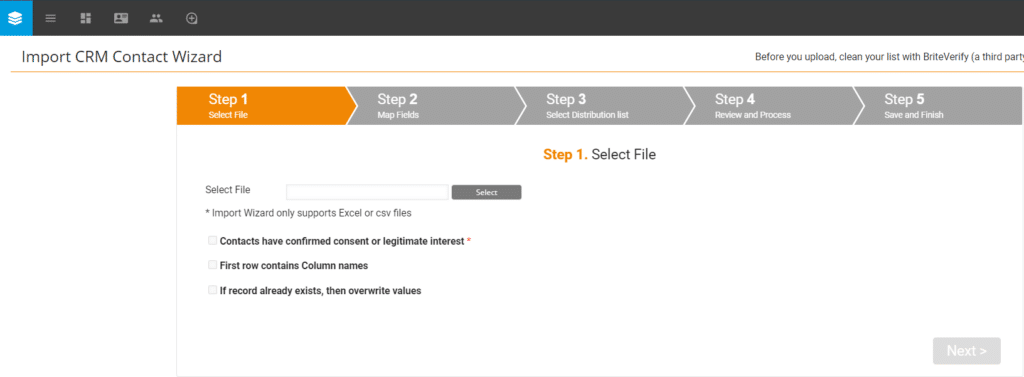
6. Lead Management and Reporting
Are your lead scoring rules still relevant? This is the perfect time to audit your lead scoring rules and ensure that these still provide accurate insights for your future software.
We also set up new lead alerts for our sales team in Sugar Market to keep our sales pipeline moving. When you move marketing automation platforms, it’s a good idea to make sure you’re aligning with sales on lead quality.
7. Migrate Web Forms
While you can migrate your web tracking forms as they are from your old system, advanced marketing automation tools, like Sugar Market, are equipped with predefined form themes.
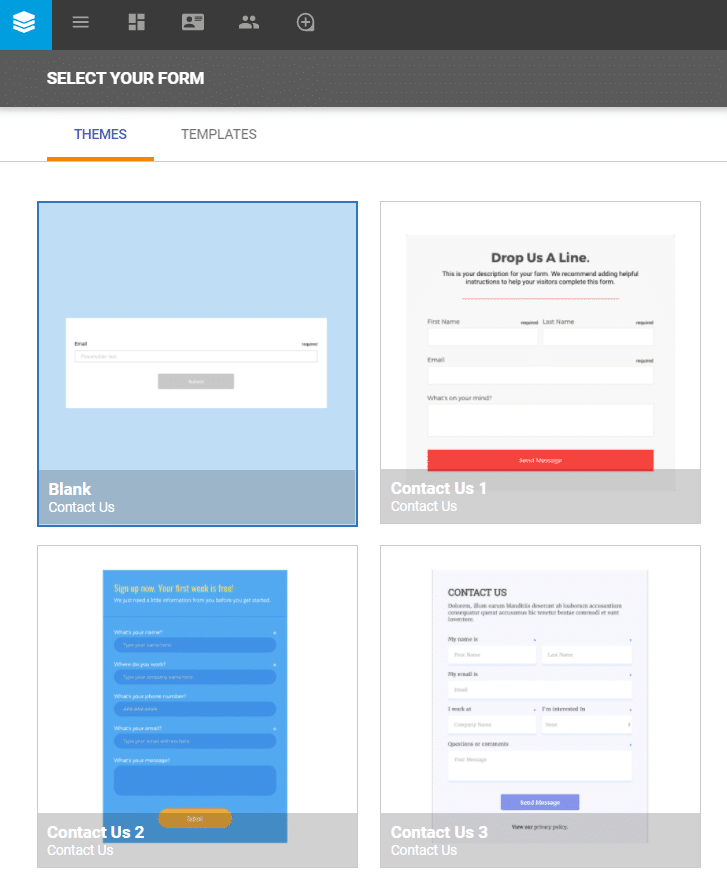
While building your forms from scratch might be more time-consuming than migrating them, you can rest assured that custom field data is properly captured, automated actions and triggers work as expected, and that contacts are added to the correct distribution lists.
8. Migrate Assets
Now you have to make sure that all of your assets (images used in email campaigns, PDFs such as eBooks, infographics, or whitepapers) are moved to your new marketing automation tool. Download these from your old platform and upload them to your new one. In Sugar Market, upload these to the Asset Library.
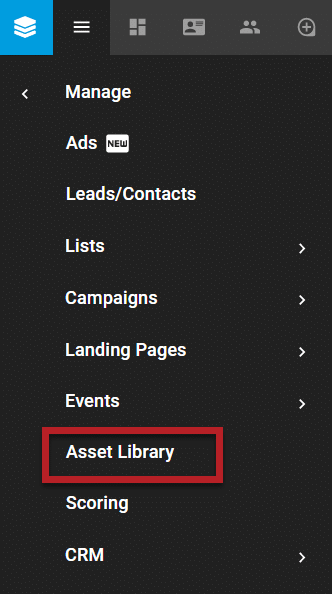
At Sugar, split our assets into three categories to make things easier:
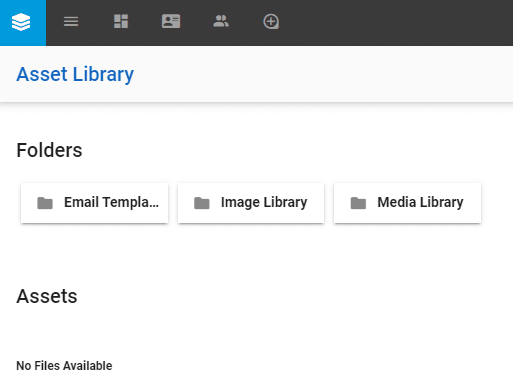
9. Migrate Email Campaigns
Most probably, you already have active drip nurture campaigns and some upcoming ones. We found out that the best way to migrate these to your new marketing automation platform is by following the steps below:
- Migrate your old email content to the new platform. You can either use the marketing automation software’s email builder or simply copy and paste custom HTML from your old platform to the new one. Keep in mind that any hyperlinks or assets hosted on your old platform won’t be available in your new emails once you migrate.
- Make sure to send test emails to you or other team members as you migrate old nurtures. Also, test any high-value content, such as newsletters or other templates.
10. Migrate Landing Pages
Some email marketing tools might support landing pages. In other cases, you might have these hosted by a third-party platform. Regardless, when upgrading to a marketing automation platform like Sugar Market, you also get the benefit of creating landing pages within the platform.
Sugar Market’s Page Builder provides multiple themes and templates for landing page creation, so users have no trouble migrating from their former tools.
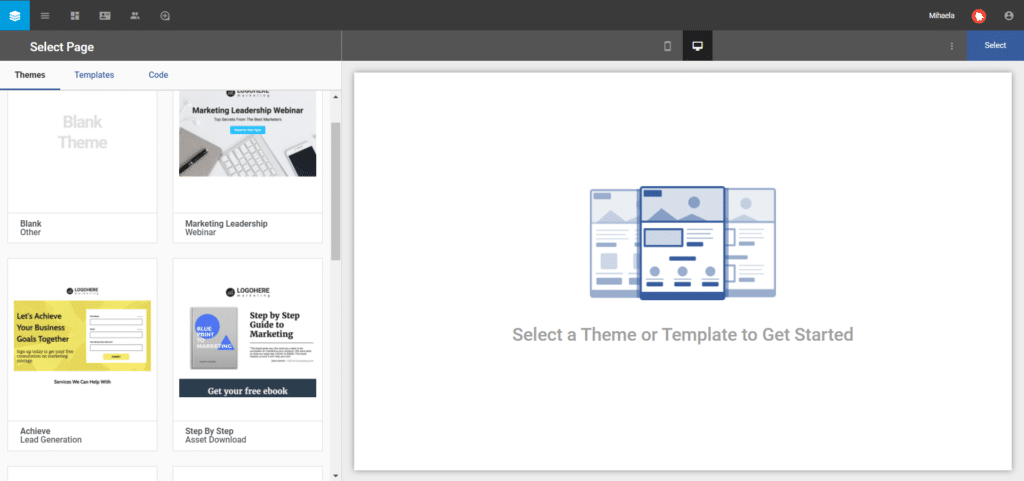
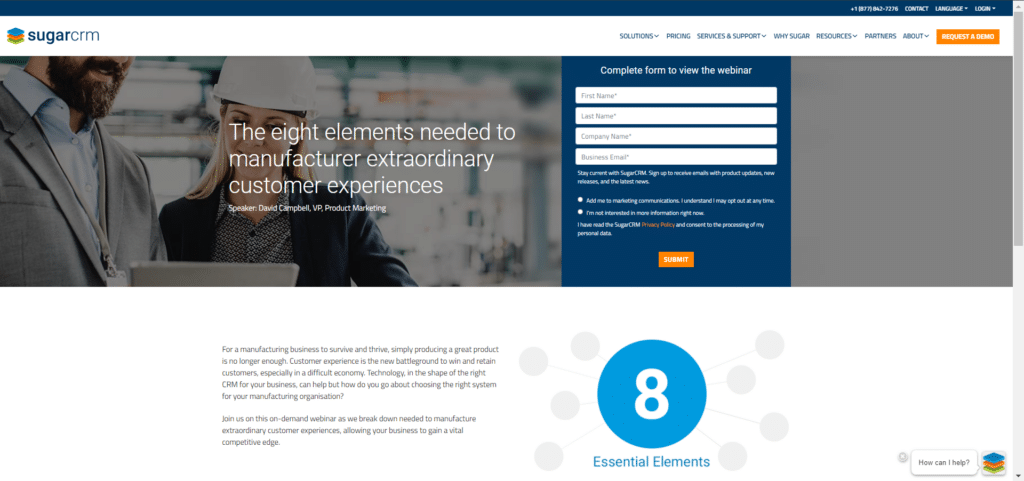
11. Keep an Eye Out on Any Loose Ends
Now that you migrated all your lists and content, it’s time to take care of the details.
- Set up your campaigns to ensure proper continuity. Make sure to exclude the contacts who already completed your drip campaigns, and that the ones who are still in the process of receiving emails will resume from where they left off in your previous platform.
- Backup your marketing KPIs and data for comparison with upcoming campaigns.
- Test emails, landing pages, asset download links, and web forms.
- Reach out to your new platform’s consultants or support reps for final advice and evaluation.
Transition Doesn’t Have to Be Difficult
Migrating from email marketing platforms to marketing automation tools can be a lengthy process based on your amount of existing content. Still, the advantages offered by modern and flexible tools surpass any hiccups that companies might stumble upon in the process. Systems such as Sugar Market offer all the necessary features for a smooth transition, from Landing Page Builders to Web Form Builders and Email Builders.
Want to learn more about our migration process? Need assistance in picking the right marketing automation tool for your company? Reach out to us—we’re eager to help!



